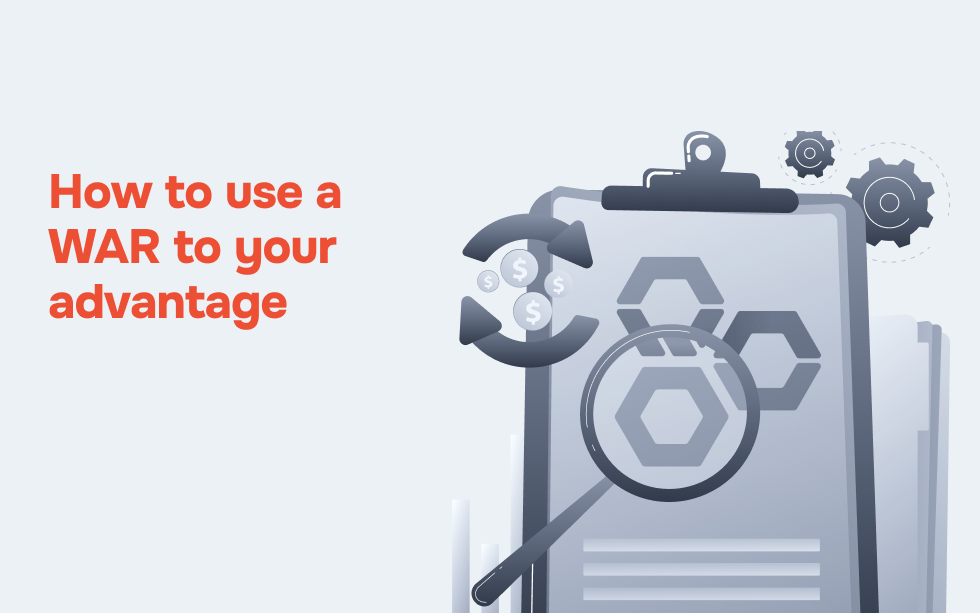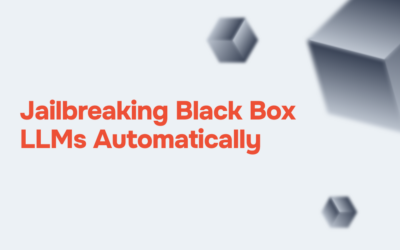
Whether you’re a startup or an enterprise giant, ensuring your cloud architecture is robust, scalable, and secure is paramount. This is where conducting a Well-Architected Review (WAR) comes into play. By systematically evaluating your cloud setup against best practices, you can identify areas for improvement, optimize performance, and mitigate risks. In this guide, we’ll walk you through the steps to conduct a comprehensive well-architected review for your cloud infrastructure.
Understanding the Well-Architected Framework
Before diving into the review process, it’s essential to grasp the fundamentals of the Well-Architected Framework developed by AWS. This framework provides a set of best practices across five key pillars:
- 1. Operational Excellence: Focuses on aspects such as automation, documentation, and performance efficiency.
- 2. Security: Addresses security controls, data protection, identity, and compliance.
- 3. Reliability: Ensures systems can recover from failures, and it includes topics like fault tolerance and recovery planning.
- 4. Performance Efficiency: Optimizes resource utilization and application performance.
- 5. Cost Optimization: Maximizes the value of cloud resources while minimizing costs.
Examples Of Well-Architected Review Questions
Here are examples of questions for each of the five pillars of the Well-Architected Framework:
1. Operational Excellence
- – How are operational procedures documented, and are they regularly updated?
- – What automation tools and processes are in place to streamline operational tasks?
- – Is there a system for monitoring and alerting on operational metrics and key performance indicators (KPIs)?
- – How are changes to the infrastructure managed and tracked?
- – Are there established procedures for incident response and resolution?
2. Security
- – How is data encrypted both in transit and at rest?
- – Are access controls implemented based on the principle of least privilege?
- – What measures are in place to protect against common security threats such as DDoS attacks or injection attacks?
- – How is identity and access management (IAM) configured to manage user permissions and credentials securely?
- – Is there a process for regularly auditing and reviewing security configurations and policies?
3. Reliability
- – How is fault tolerance built into the architecture to minimize downtime?
- – Are there redundant components or failover mechanisms in place to handle system failures?
- – What is the process for testing and validating disaster recovery procedures?
- – How is data backed up and restored in case of data loss or corruption?
- – Are there mechanisms in place for monitoring system health and automatically scaling resources to meet demand?
4. Performance Efficiency
- – How are resources optimized to maximize performance and minimize latency?
- – Are resources right sized to match workload requirements?
- – What caching mechanisms are used to improve application performance?
- – How is load balancing implemented to distribute traffic effectively across resources?
- – Are performance metrics regularly monitored and analyzed to identify optimization opportunities?
5. Cost Optimization
- – How are resources allocated and provisioned to minimize waste and optimize costs?
- – Are cost allocation tags used to track spending and identify areas for optimization?
- – What strategies are in place for leveraging reserved instances or spot instances to reduce costs?
- – How are cost trends monitored and analyzed to identify opportunities for optimization?
- – Are there processes in place for reviewing and optimizing costs on an ongoing basis?
These questions provide a starting point for evaluating your cloud infrastructure against the best practices outlined in the Well-Architected Framework. Depending on your specific use case and requirements, you may need to customize these questions or add additional ones to ensure a thorough assessment.
Steps to Conduct a Well-Architected Review
- 1. Gather Stakeholders: Begin by assembling a team of stakeholders from different departments, including developers, operations, security, and finance. Each stakeholder brings unique insights into various aspects of your cloud infrastructure.
- 2. Review the Pillars: For each pillar of the Well-Architected Framework, conduct a thorough assessment. Use the provided questions and guidelines to evaluate your infrastructure’s alignment with best practices.
- 3. Identify Strengths and Weaknesses: Document areas where your infrastructure excels and where improvements are needed. Pay close attention to any gaps or vulnerabilities that could pose risks to your business operations or data security.
- 4. Prioritize Action Items: Not all identified issues will carry the same weight. Prioritize action items based on their impact on your business objectives, risk levels, and resource availability.
- 5. Develop a Detailed Plan: Create a detailed plan outlining specific actions to address each identified issue. Assign responsibilities, set deadlines, and allocate resources accordingly.
- 6. Implement Changes: Execute the plan systematically, tracking progress along the way. Ensure that all changes are thoroughly tested to avoid unexpected disruptions to your infrastructure.
- 7. Monitor and Iterate: Continuous monitoring is crucial to maintaining a well-architected cloud environment. Implement monitoring tools and processes to track performance, security incidents, and cost metrics. Regularly revisit the review process to adapt to evolving business needs and technological advancements.
How Hexon Global Can Help You With A Well-Architected Review
Hexon Global is an AWS Advanced Consulting Partner, equipped with expertise and experience in navigating the complexities of cloud infrastructure. Our team of seasoned professionals is dedicated to empowering businesses like yours to maximize the value of their cloud investments while optimizing costs effectively. Make Hexon Global your trusted AWS ally. Reach out to us for examples of successful WARs that we have conducted.
Contact Us
Get in touch
Understand how we help our clients in various situations and how we can be of service to you!




